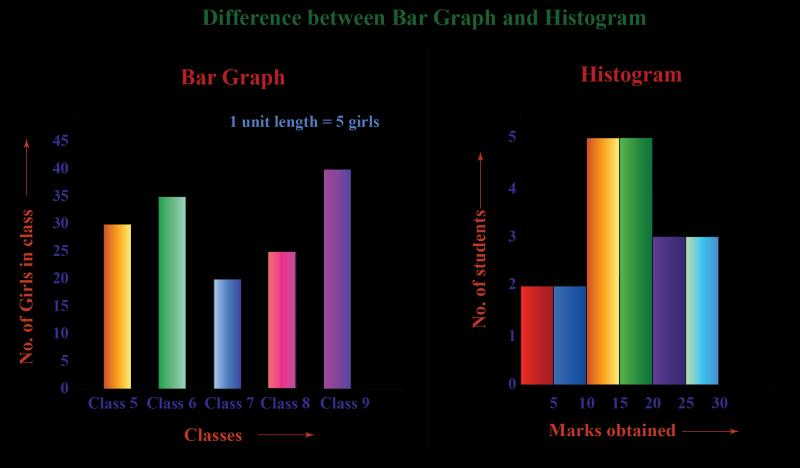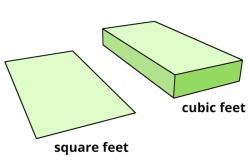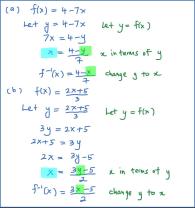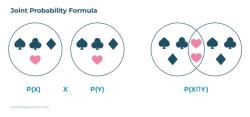Can You Show Me an example of a Histogram graph?
I can't generate visual content directly, but I can describe how a histogram graph typically looks and provide an example description.
A histogram is a type of bar graph used to represent the distribution of numerical data. It consists of vertical bars where each bar represents the frequency or count of data falling within specific intervals or "bins."
For instance, let's imagine a histogram representing the ages of participants in a survey:
- The x-axis (horizontal axis) represents age groups in intervals, such as 20-30, 31-40, 41-50, and so on.
- The y-axis (vertical axis) represents the frequency or count of participants falling within each age group.
The bars in the histogram will have varying heights based on the frequency of individuals in each age group. For example:
- The bar for the age group 20-30 might be taller if many participants fall within this range.
- The bar for the age group 31-40 might be shorter if fewer participants belong to this age bracket.
- And so on for the other age intervals.
This visual representation helps in understanding the distribution or pattern of data across different categories or intervals.
To see an example of a histogram graph, you can easily create one using software like Microsoft Excel, Google Sheets, or various statistical software packages. Simply input your data, set up the intervals or bins, and generate the histogram graph to visualize the distribution of your data.
Can you provide an illustrative example of a Histogram graph?
Example of a Histogram Graph
Here's an example of a histogram graph illustrating the distribution of heights (in inches) of 100 students:
Explanation:
- The x-axis represents the range of possible values (height in inches).
- The y-axis represents the frequency (number of students) for each range of values.
- Each bar represents a specific range of heights (e.g., 60-62 inches).
- The height of each bar corresponds to the number of students within that range.
- The overall shape of the histogram provides information about the distribution of the data, such as whether it is symmetrical, skewed, or has any outliers.
In this example:
- The distribution is relatively symmetrical, with most students having heights between 60 and 70 inches.
- There are some outliers, with a few students taller than 74 inches and a few shorter than 58 inches.
Histograms are a valuable tool for visualizing and understanding quantitative data distributions. They can be used in various fields, including science, engineering, business, and social sciences.













